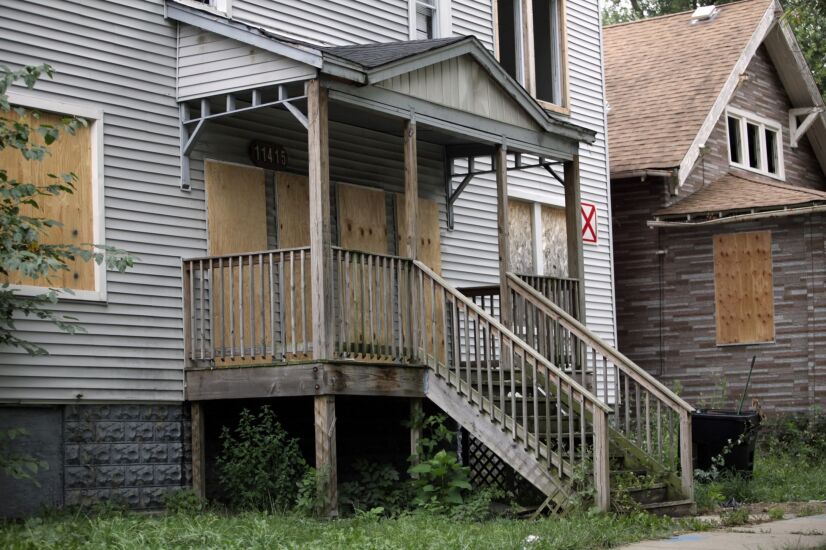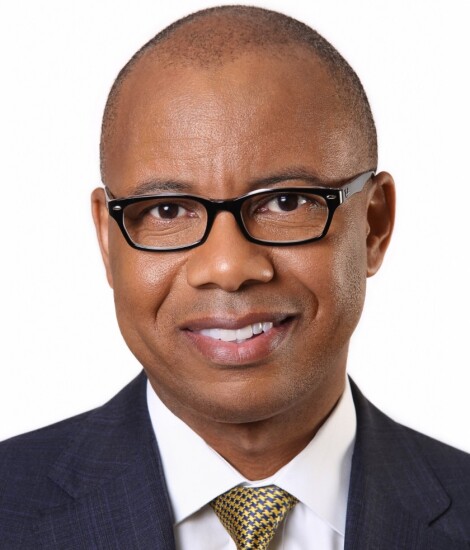One year ago today, Minneapolis Police officer Derek Chauvin was captured on video with his knee on the neck of George Floyd for eight minutes and 46 seconds, as Floyd said that he could not breathe and then went motionless. The explosive video of a white officer killing an unarmed Black man sparked a wave of nationwide protests. Chauvin was convicted last month on charges of second-degree unintentional murder, third-degree murder and second-degree manslaughter.
As issues of racial inequity have gained more attention, the U.S. banking sector has felt various effects. Floyd’s killing has led banks to increase their focus on racial diversity in their workforces. At the policy level, it has sparked greater interest in undoing the legacy of redlining, and added momentum to an ultimately successful push to provide debt relief to Black farmers. It has also led to new investments in Black banks that have long been struggling to survive.
What follows is a look at some of the ways that Floyd’s killing has impacted banking and financial services policymaking.











